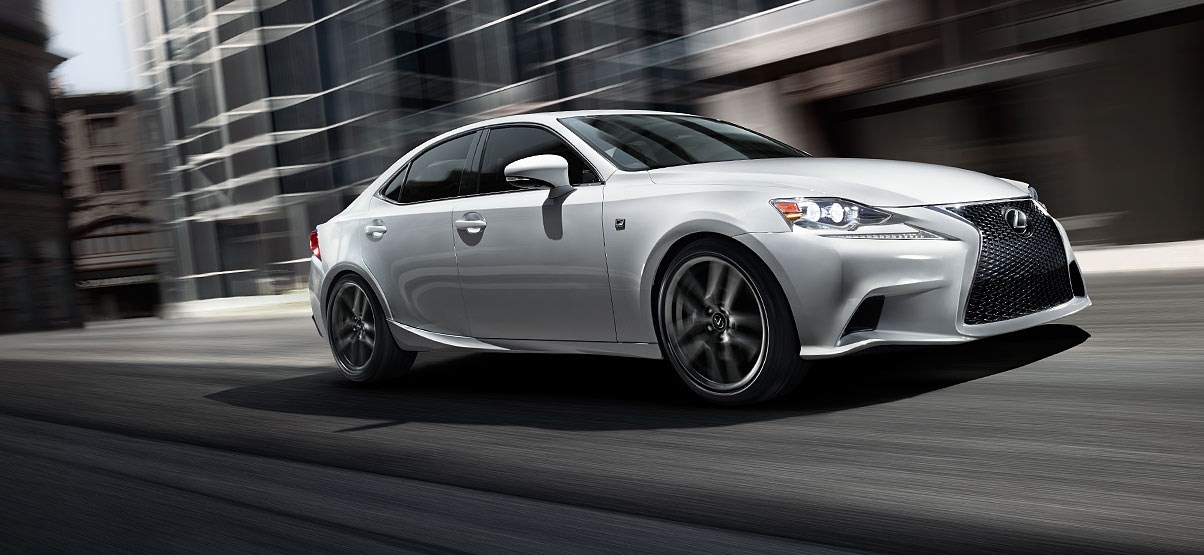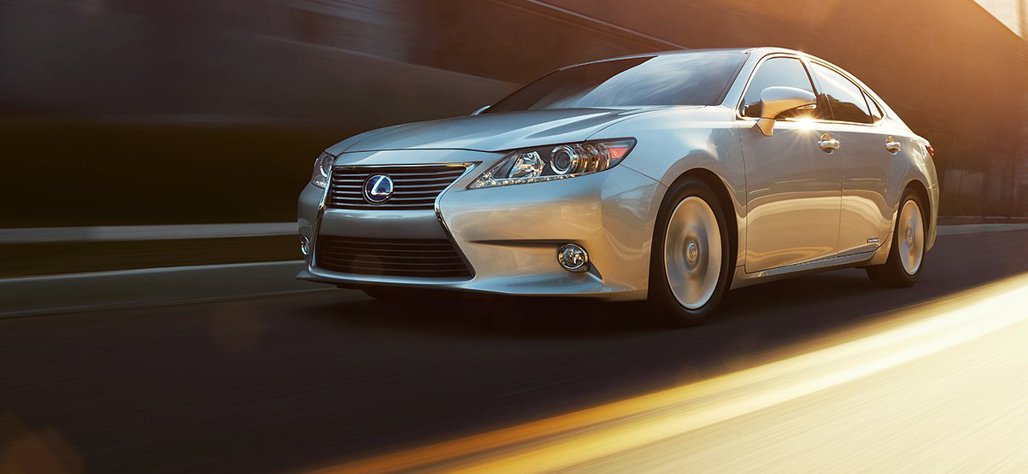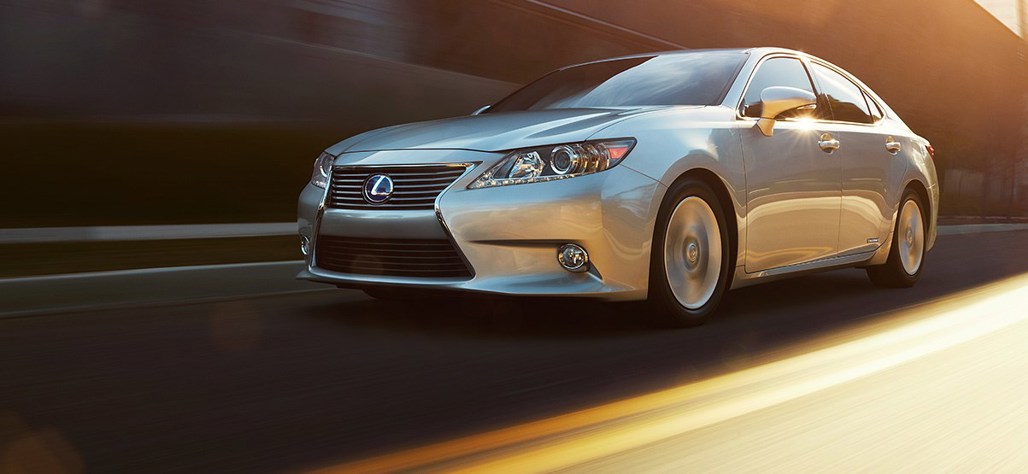The motor industry spends millions of dollars each year on research and development to create a product that hopefully meets the needs and expectations of consumers.
Engine and transmission design are examples where there are several different options available for consideration with each one having a certain amount of risk attached. Get it wrong and manufacturers run the risk of losing market share as a result.
And sometimes it’s not because of a design failure that a particular model struggles in the sales charts. It can be as simple as times suddenly changing and consumers wants and needs changing just as quickly.
A good example is fluctuating fuel prices. When prices spike upwards significantly and for long periods, consumers often think more about vehicles with enhanced fuel economy; when they plunge, the tendency can be to live more for the moment and buy accordingly.
In the US, sales of large vehicles are strong because of lower fuel prices. Buyers feel a little less guilty when buying new vehicles with larger engine capacities because of improved fuel consumption figures on the latest models.

The Lexus IF X Sport. Picture/Lexus.
So if an individual manufacturers strategy is to go small, fuel efficient, or to change to alternative power sources in big numbers, then the chances are sales will be lost when fuel prices are low. When fuel prices start to climb again, however, then the shoe is on the other foot and it’s the turn of the less fuel efficient vehicles to feel the neglect from buyers. The smart option is for manufacturers to try and cover all the bases and have a variety of options that can fit the need regardless, and not be overly disadvantaged by any sudden and unforeseen global event.
A good example is Lexus. Consumers are spoilt for choice. Options include fuel-efficient conventional petrol engine design or hybrid and, more recently, turbocharged technology.
A recent drive in a Lexus ES 300 Hybrid Limited mid-size sedan ($86,990) was a great reminder of how size, luxury and fuel efficiency can work together.
The vehicle is loaded with a high specification level which no doubt adds extra weight, but with an actual achieved fuel consumption of 5.7l/100km it happily bypasses more fuel outlets that it actually needs.
With the combination of a 2.5-litre petrol engine and two high-output electric motors, the phasing out of the petrol engine at low and highway speeds to achieve overall low fuel efficiency, but retain adequate power, is a brilliant piece of engineering regardless of whether you actually support the principals of the technology or not.
Swapping the keys for an IS 200t F Sport sedan ($83,900) was another experience. Similar in size and body design to the ES 300 Hybrid, the power source is a 2-litre turbocharged engine producing 180kW. This vehicle is all about fun, performance and high specification levels but it has an environmental conscience as well, with a claimed fuel consumption of 7.5l/100km if driven conservatively in Eco mode, which I suspect not many owners would.
With a sport-tuned adaptive variable suspension to change the handling and steering characteristics to suit the occasion and to complement the four driving mode options, the IS 200t is a great driver’s car. The addition of a turbocharger and eight-speed transmission is certainly a great match for the two-litre petrol engine.
They seem well-prepared for any potential market swings.



